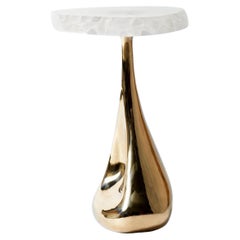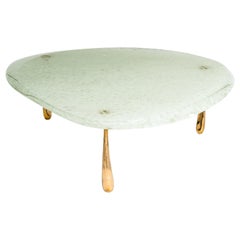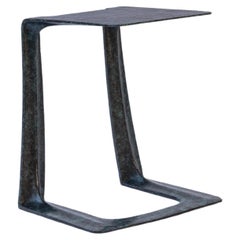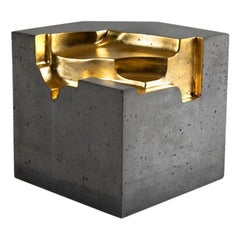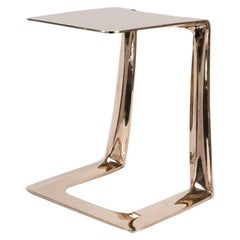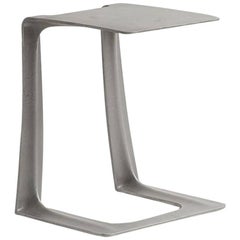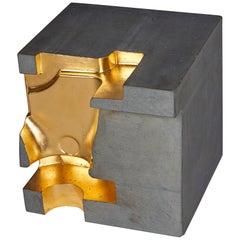Stacklab
Toronto-based multi-disciplinary design studio STACKLAB splits its two-pronged approach to design between products and architectual projects. Whether it is the Garrison stool made out of recycled bridge metal or a prototype for a greenhouse, STACKLAB blends design and technology to create innovative work.
Founded by Jeff Forrest in 2013, STACKLAB prioritizes intelligent design, efficient manufacturing and eco-friendly practices. Its conceptual work has included radical transformations like turning McDonald’s cup trays into boomboxes — an idea that garnered the studio a highlight in Inc. Magazine — and the Felt Collection of furniture that is crafted out of excess Merino wool scraps.
In 2015 and 2016, the City of Toronto’s Fine Art Collection and the Embassy of Canada in Reykjavík, Iceland, added STACKLAB pieces to their permanent collections. In 2016, STACKLAB won the American Society of Interior Designers (ASID)’s Design Innovation Award. It has received honors in the Best of Canada Awards in two separate categories: Product in 2016 and 2020 as well as Project in 2017.
On 1stDibs, find a collection of STACKLAB tables and seating.
21st Century and Contemporary Canadian Stacklab
Bronze
2010s Canadian Stacklab
Bronze
21st Century and Contemporary Canadian Stacklab
Bronze
2010s Canadian Stacklab
Concrete, Gold
2010s Canadian Stacklab
Bronze
21st Century and Contemporary Canadian Stacklab
Bronze
2010s Canadian Stacklab
Steel
2010s Canadian Stacklab
Concrete, Gold
